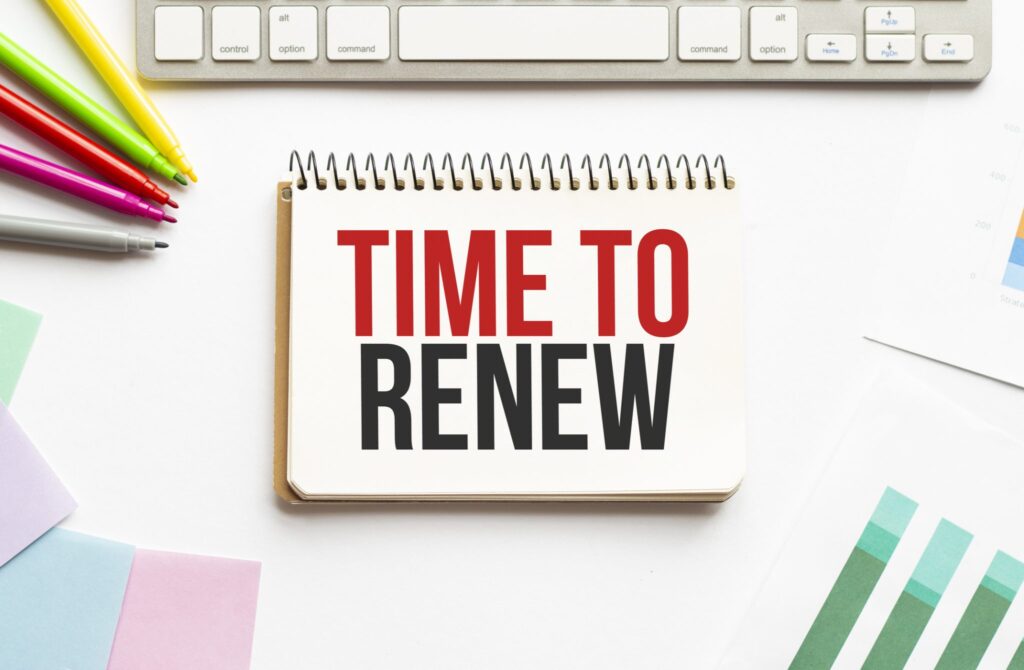Many businesses invest substantial amounts of time, money and effort into acquiring new customers with a vision that business growth comes from a wider customer base.
Why you should never churn your back on renewals
Why you should never churn your back on renewals
Many businesses invest substantial amounts of time, money and effort into acquiring new customers with a vision that business growth comes from a wider customer base.

Many businesses invest substantial amounts of time, money and effort into acquiring new customers with a vision that business growth comes from a wider customer base. The renewals process is often deprioritised and forgotten about in the midst of these acquisition efforts, with almost 80% of B2B companies spending less than 30% of their time and resources on customer retention efforts. Although new customers are a key element of business growth, focusing on existing ones is a great place to start to maximise the potential value of each customer.
When it comes to your customer’s journey, renewals should be a priority focus. Evaluating the customer experience you want to provide at this stage, in addition to the processes and technology that enable you to execute this smoothly, is vital for a successful retention rate and a reduced churn rate. In the long term, both of these will contribute towards an improved customer lifetime value (how much revenue a customer can generate throughout the business relationship) which is an indicator of strong customer loyalty and a good return on your sales and marketing investments.

A good renewals process can also introduce you to new customers through recommendations, with one study by ThinkJar showing that 72% of consumers would share a positive experience with 6 or more people. Naturally, good reviews will support your marketing efforts by strengthening your brand reputation and credibility in the market too!
From a financial perspective, higher retention rates will have a positive impact on both revenue and cost of sales, with just a 5% increase in retention leading to a tremendous 25-95% increase in profits. Customers that have longer relationships with the business not only generate recurring revenue from repeat purchases, but also provide an opportunity for cross-selling other products and services – another way in which the renewals process can deliver value to the business. Furthermore, this recurring revenue is more predictable, which can bring stability to the business through more accurate financial planning and lower operational risk.
With regards to the cost of sales, acquiring a new customer can be up to 5 times more expensive than repeat business, highlighting just how important it is to maximise the potential of your existing ones. For B2B sales in particular, winning business with larger clients can be a complex process that requires a more sizeable input of time and resources. Higher retention rates can therefore help to reduce the overall long tail customer workload, giving time back to staff to focus on other initiatives.
However it’s also important to note that having a high retention rate isn’t always a direct reflection of good customer experience. If overlooked, this could cause more problems later down the line; CX drives over two thirds of customer loyalty, outperforming both brand and price combined. So, how do you ensure that your renewals process keeps your customers coming back? Over the next few weeks, colleagues at Clarasys will be sharing some insights as to how you can optimise your renewals customer experience and drive organisational growth by investing in CX.
To find out more about renewals, check out our earlier blogs in this series:
How to ensure a great customer experience when it comes to renewals.
Enabling a better customer experience when it comes to renewals
This post was originally written by: Priya Radia
You might also like

